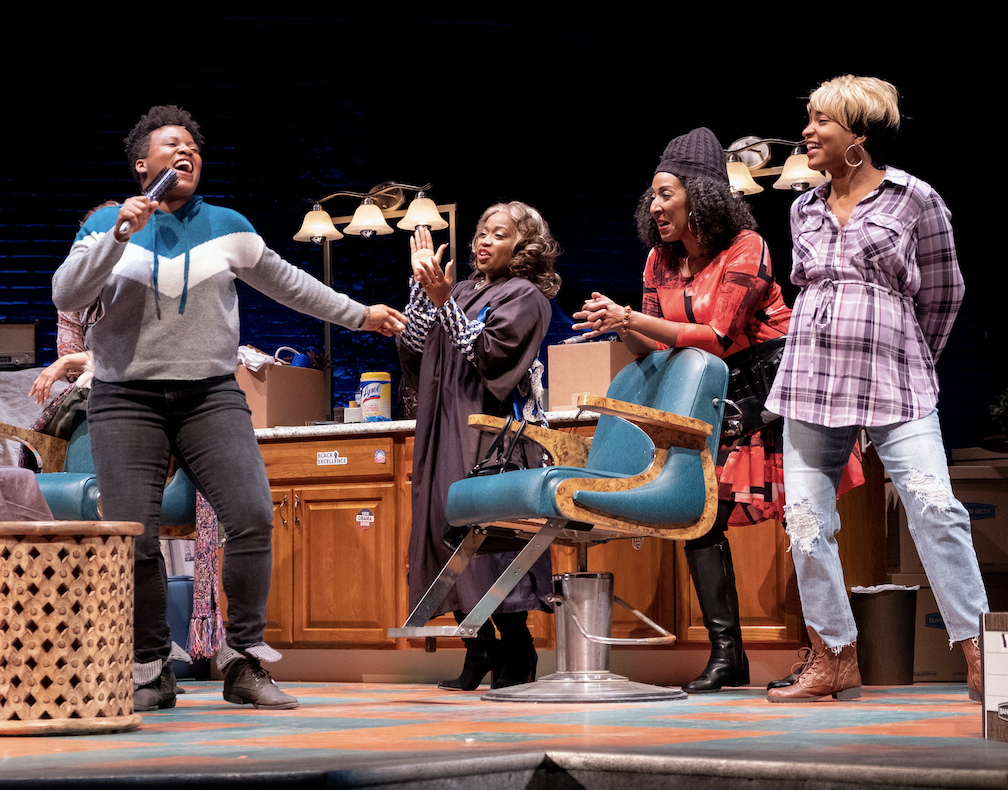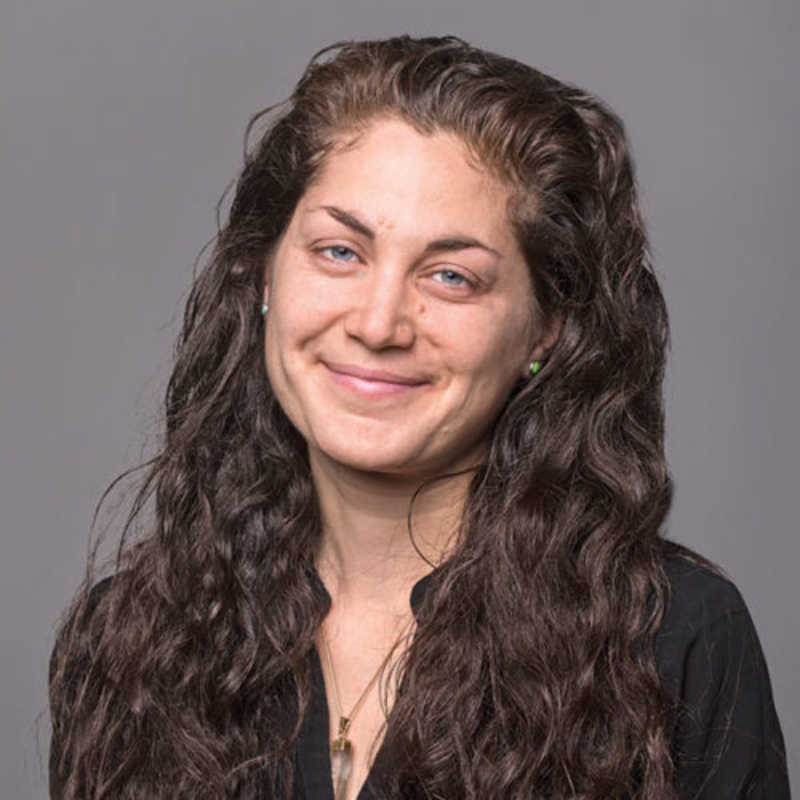
Acclaimed playwright Marcus Gardley originally penned his script A Wonder in My Soul to be set in Chicago, where it premiered at Victory Garden Theater. But when the play makes its Baltimore debut on December 6 at Baltimore Center Stage, audiences will see a new story unfold—one that is set here in Charm City.
Each version of the play takes place in a beauty salon, the owners of which struggle with the question of whether or not to relocate under the pressures of gentrification. Gardley re-wrote the play after a visit to Baltimore a few months ago and incorporates pieces of our city’s history, as well as current issues, into the revamped script.
This play covers a lot—gentrification, Obama becoming the first black president—what was the impetus for writing the original script?
I’m passionate about writing stories that feature African-American women as central characters, so I spent a lot of time in Chicago interviewing women who own beauty parlors.
Why did you set it in a beauty parlor?
Beauty parlors are really significant to me. Outside of the black church, the beauty salon is the center for all the great gossip. Usually those women are spiritual, but even deeper than that—like they have a mentor or advisor connection with their clients, especially the younger clients. It becomes like family members, and there’s something really beautiful about that. Also, these women are touching their heads, their crowns. What I learned is that these women are extremely influential in their community, and they really care about the people in their community. I always thought that that was an important story to tell.
I read a book The Colored Waiting Room by a man who interviewed Martin Luther King’s barber, which just reiterates what you’re saying: you’d hear things inside the barber shop that you wouldn’t hear anywhere else because it’s a safe space.
That’s right.
Why did you decide to take it to Baltimore?
I did a play in Baltimore called Dance of the Holy Ghosts at Baltimore Center Stage [in 2013], and it was directed by [former Baltimore Center Stage artistic director] Kwame Kwei-Armah. That was the first time I was in Baltimore, when I was at rehearsals for the show, and I fell in love with the city. It reminds me of Oakland, California, where I grew up. There’s a pride in Baltimore. People there have an intense love for their city, and also a notion of “pull yourself up by your bootstraps.” I just really admired that. So even when I was working on the play in Chicago, I always thought it would be perfect for Baltimore. It’s really a play about the city. They’re city plays. The salon is really just a symbol of the city, and these women are so strong.
When you were visiting Baltimore a few months ago specifically for research, what were some of your takeaways for the script?
While I was there, staff at Center Stage introduced me to a number of salon owners. I spent several hours talking to them about their experiences and passions, and why they want to be beauticians. Some have been at their salons for 40 years. It was incredible. Some were quite young, and others were up there in age. Then, Center Stage gave me a tour of the entire city, and I could see these salons within their larger environment. I wanted to learn about Baltimore. I also wanted these women to feel like they were heard, so I took elements of their stories and put them in the play, so they could have a sense of ownership.
Did you find a lot of similarities between the beauticians in Baltimore and Chicago? Or how were they different?
Chicago is a lot larger and more spread out, so there’s less you can do about gentrification. If you had to close and go to another part of Chicago, you’d become totally isolated. But because Baltimore is smaller, people end up moving to low-income areas. Baltimore is also very politically active. They know who their mayor is. They know to vote. They’re truly aware of their political choices.
Let’s talk about how some of this got incorporated into the new script. One thing I noticed right away were the character names.
Yes, all of the character names were changed to reflect neighborhoods in Baltimore and streets.
I noticed the 1968 riots are mentioned, too, which happened in Baltimore in and Chicago. Were they in the original version?
In the Chicago version, there’s no riot. Instead, part of the play focuses on the continuation of the Great Migration. Some of these families came to Chicago to escape the South, and now they’re being forced to move again because of gentrification. One of the biggest themes is how they feel like they can’t stay anywhere—they always feel like they have to move. And that was a tragedy. In Baltimore, one of the stories I really felt moved by were the effects of the riots and how that really changed neighborhoods, how some of them still have not recovered. There’s this pain of having lost this incredible Civil Rights activist and leader, Dr. King, and also, they’re thinking about how their city has become undesirable, so I talk about that. Some of it’s told in flashbacks. What’s great in Baltimore is Pennsylvania Avenue and the history there. These people have the strength and the history to overcome adversity, and that’s why I chose to include that element.
What types of conversations do you hope this play will generate? A lot of playwrights are activists, in a sense—though that might be a strong word—because they get communities to talk about issues they’re facing.
I think activist is the word, if you ask me, and this is really why I do theater. I hope, and this might sound corny or cheap, but I hope people are talking about, you know, how do we create positive change in our community? I hope it sparks a conversation about what role and responsibility we have. When I first started doing plays, I spent a lot of time doing talk-backs, where I’d talk about the work. But you can isolate an audience from having their own opinions about the show when you do this. I hope people talk and leave the show excited and inspired to do something.
Has gentrification affected you personally?
Absolutely. Oakland, where I was born and raised, is probably the most gentrified place in the United States. It’s something like the fourth most expensive city to live in in the country now. Literally scores of people were pushed out of the city. Literally all of my family have left. I do a lot of work there, and it’s really hard, because it doesn’t look like the place where I grew up. The people don’t look like the people I grew up with—not in terms of race, but in terms of class. So a lot of this rich history I grew up with there—the Black Panthers started there, it had this huge artistic community, an arts district with these great painters—all of that is gone. . . it looks sanitized. It’s hard to go visit.
